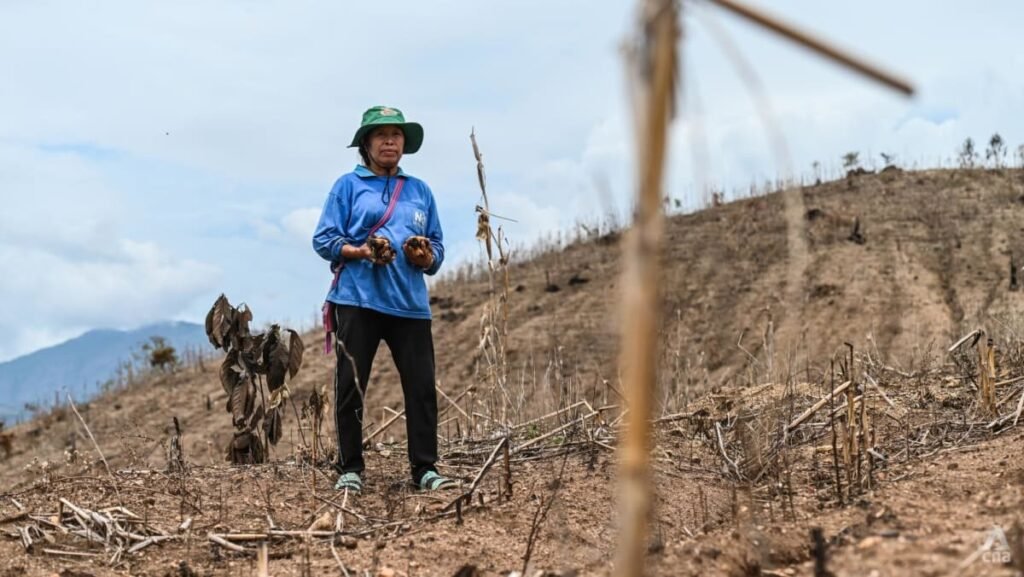Furthermore, PM2.5 pollution—small particles that can severely affect health—also stems from other crops like sugarcane, along with emissions from transportation and industry in Thailand.
Since maize farming extends beyond Thailand’s borders, it is challenging to reduce pollution caused by burning. “This needs to be addressed region-wide… involving other countries to collaborate,” commented Somporn Chantara, leader of the Environmental Science Research Center at Chiang Mai University.
Research from Madre Brava shows that agricultural emissions contribute to over 34,000 premature fatalities annually in Thailand. The organization estimates that if the demand for meat increases, total deaths could reach 361,000 by 2050.
The transformation of forest land into industrial maize farms has raised the risk of flooding and landslides in Chiang Mai and Chiang Rai provinces.
In late 2024, the region experienced its most severe flooding in decades, resulting in deadly mudslides and entire communities being submerged by heavy rains. Greenpeace found that areas designated for industrial maize were more susceptible to runoff and disaster risk.
“Witnessing the devastation firsthand is quite traumatic. It’s shocking to walk through a lush forest or an area that was once forested just a few years ago, now dramatically changed,” said researcher Simmerman.
“It’s truly painful to observe the destruction,” they added.
Thailand’s forests have been steadily declining—once covering three-quarters of the country at the turn of the 20th century, now only about one-third remains.
Although commercial logging was prohibited in 1989, the remaining forested areas continue to face significant pressure.
“You can see cases where farmers have cut down trees right up to the edge of a national park. On one side, there’s a beautiful, lush forest; on the other side, it resembles a desert,” noted Simmerman, who has been residing in Thailand for several decades.


